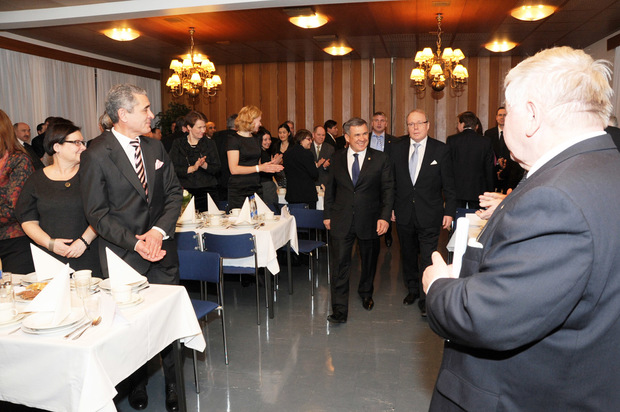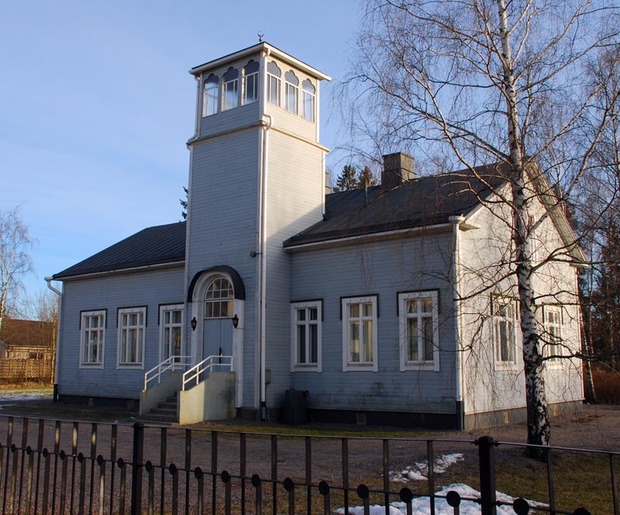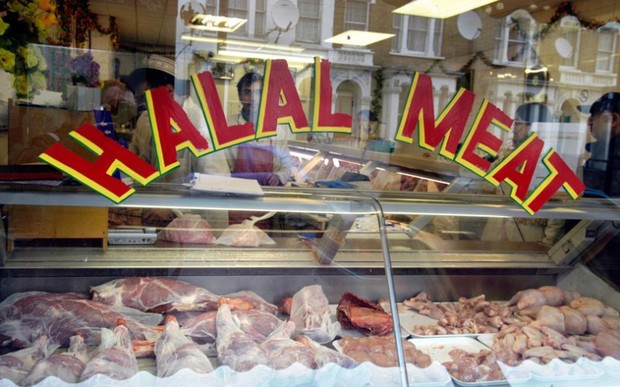Imam-khatib from Finland: ‘Community has grown with brides from Tatarstan’
Why has the Tatar diaspora decreased in Finland? Where is the 'Finnish' Halal food made? How active is the radical cell in this country? The imam-khatib of the Muslim community in Finland Ramil Belyaev tried to give answers to these and other questions for the readers of Realnoe Vremya.
Where do the Finnish Tatars originate from?
Ramil khazrat, could tell us how large is the Tatar community in Finland?
It is small: the number is only about 600 people. When the Tatars moved to Finland (it was at the beginning of last century) the maximum number of communities was approximately a thousand people.
What caused this decrease?
The fact that the birth rate in the last 10-20 years or even 30 wasn't so active like it was before. The situation in the last 10 years has developed so that when about 10-15 people died, about two or three children were born. This is a real problem. The community leadership pays great attention to this issue.
How close are the contacts between Tatars from Finland and from Tatarstan?
The contacts of the Tatars of Finland with the Tatars from Tatarstan began to emerge since the late 1960s. That time the Tatar artists visited Helsinki for the first time. From that time until the present day they maintain close relationships. The contacts have been established at the highest level: the leaders of the Republic for three times have visited the Tatar community in Finland. The first visit took place in 1999, when Mintimer Shaimiev came. Rustam Minnikhanov has visited the community two times.

'The contact has been established at the highest level: the leaders of the Republic for three times have visited the Tatar community in Finland. The first visit took place in 1999, when Mintimer Shaimiev came. Rustam Minnikhanov has visited the community two times.' Photo: prav.tatarstan.ru
How the Tatars turned out to be in Finland?
In brief, we can start with the fact that the Tatars of the Nizhny Novgorod province, which traded in Saint Petersburg at the beginning of XlX century, like many members of this class, were looking for new opportunities. When Finland became part of the Russian Empire, the Tatars became very much interested in this region, especially that the Principality was granted wide-ranging powers. The Tatars went to Finland for the first time in the 1860s. In 1870, the work on the construction of the railway between Helsinki and St. Petersburg was finished, and it gave the opportunity to travel freely.
By the beginning of XX century, a small community formed in Finland. It should be noted that by this time military Tatars had already established a base there to conduct religious and cultural activities. By the beginning of revolutionary change in Russia, Finland had already been home to several families who had their shops. Thus they could develop their business. When the global changes started, associated with the revolution of 1917 and the separation of Finland, the Tatars decided to stay in this new country. They called their relatives, acquaintances, friends, to follow their example. The resettlement process was completed around the beginning of the Soviet-Finnish war.
Has the number of Tatars increased after the collapse of the Soviet Union?
The community has grown with brides from Russia, mainly from Tatarstan. Today the community does not know exactly how many newcomer-Tatars live in Finland as very often they speak the native language poorly.

Radical movements in Finland
Are there radical movements in your country? Are there many followers of ISIS (banned in Russia – editor's note)?
Personally I haven't encountered with any manifestations of extremism or radicalism. I can say that Muslims still are mostly refugees and they are concerned about different issues — integration, learning the language, finding their place in a new country. After all, the new country it is a foreign language, alien culture, alien religion. This is a very big process that takes a huge amount of time. Some time ago, the Finnish press wrote about a few citizens who went to the ISIS-controlled territory.

'On the territory of the capital region of Finland, there are about 20 stores that offer meat products Halal — some animals are slaughtered in Finland, a part of meat is import — Latvia is very active, New Zealand. Also, a lot of sausage products are imported from Sweden.' Photo: ufavesti.ru
'Halal eggs and Halal Coca-Cola are marketing ploys'
How does Finland solve the problem with Halal products?
This question in Finland was solved privately, that is, the Tatars went to the slaughterhouse and slaughtered animals with reference to the corresponding words. But the question about the mass Halal products has become more urgent since the beginning of the 2000s due to the increase in the number of Muslims. The specialized shops were required. One of the first stores that sold fresh meat was opened in Helsinki in the early 2000s, in the district of Sörnäinen.
The contemporary state of Halal business is very positive. There is already a lot of competition — the niche is occupied and even oversaturated. On the territory of the capital region of Finland there are about 20 stores that offer meat products Halal — some animals are slaughtered in Finland, a part of meat is import — Latvia is very active, New Zealand. Also, a lot of sausage products are imported from Sweden. There were even attempts to make Halal products of that sort, but they did not find the response. They were thinking about it at a high level but abandoned this idea because buying is faster and cheaper.
The range is really wide — from Halal sausages to any frozen product.
Are there any product from the category of Halal Coca-Cola?
It is pure speculation and a marketing ploy. I saw Halal eggs in St. Petersburg… I'm very sceptical.